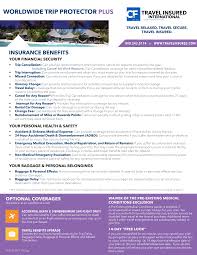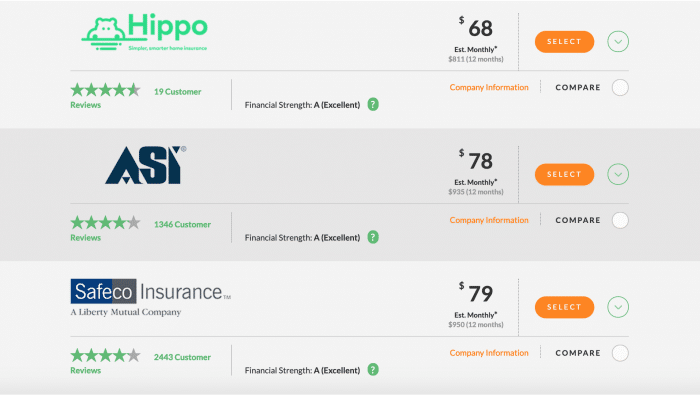
Employers consider health insurance an essential part of their compensation. For the past 10 years, however, these benefits have been increasing in price. The reasons include increasing deductibles, rising prescription drug prices and high health system prices. These trends are driving premiums to rise and depressing wages. Employers are becoming frustrated with the rising costs and administrative burdens. Others are seeking non-wage options.
Wearable devices are being increasingly used by employers to support wellness programs. One survey found that one-fifth of employers collect data from employees' devices. While health insurance continues to be driven largely by rising prices, employers are increasingly looking at alternative payment methods to help their employees.
The Congressional Budget Office predicts that in the next ten-years, the number Americans who receive health coverage through employer-sponsored programs will remain at the current 159 million. The tax-favored alternative to health insurance is still available. However, the cost of single coverage in 2019 will be higher than 9.86% of household's income.

Premiums can be defined as the total cost of insurance. A quarter of American workers have a minimum $2000 deductible. The deductible for workers in the United States is approximately $2,000. Many businesses are now opting to be self-insured, which can reduce the overall cost of benefits. Self-insured plans save money when claims are low. The employer must pay more if the claim is greater than expected.
The employee's age group determines the rate for small groups. For example, in Massachusetts, workers under age 25 pay an average of $1186 per year, while those over the age of 25 pay about $6,896.
Larger employers have greater control of plan coverage. Large employers often offer biometric screenings to employees. They also offer a wellness program and encourage employees to visit lower-cost providers. The public sector also has the ability to tailor health care plans for employees.
The Affordable Care Law will make it possible for employers with 51 to 100 workers to be part of a merged healthcare insurance market. This is expected to happen in 2016. These employers will see premiums rise up to 9 per cent. It also requires states to set rate annually. Every year, those who don’t offer affordable plans will be subject to a $3480 penalty.

Small employers are required to contribute additional funds to subsidize workers' health insurance in order to comply the ACA. Massachusetts has a 50-percent minimum contribution from employers.
Despite these requirements being met, the number employers offering health insurance continues its decline. Many small employers are dissatisfied with the uncontrollable costs of benefits, after a decade filled with rapid increases. Although these health insurance rates are not increasing for most employers, some are still finding it difficult to retain employees.
As the unemployment rate remains low, the difficulty of retaining employees is only increasing. Employers face this issue. Employers will be penalized $2,320 per employee if they do not offer health insurance. For failing to comply COBRA, which requires employers to offer continuing health care to employees, there are thousands of dollars worth of fines.